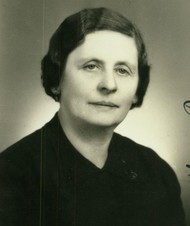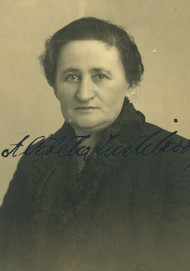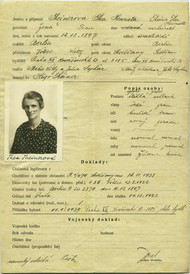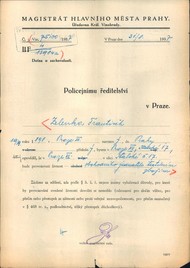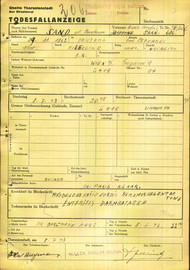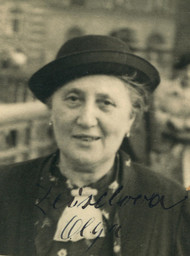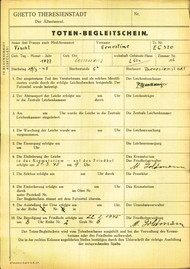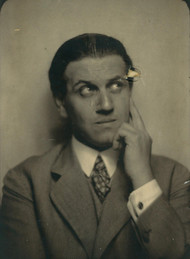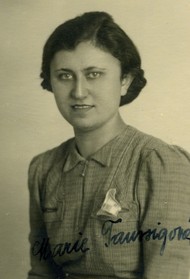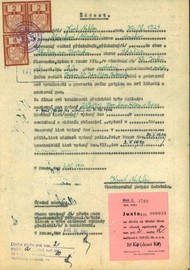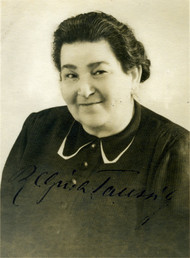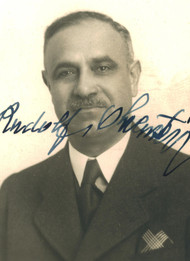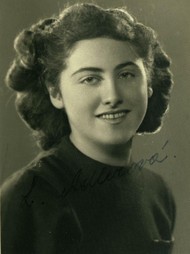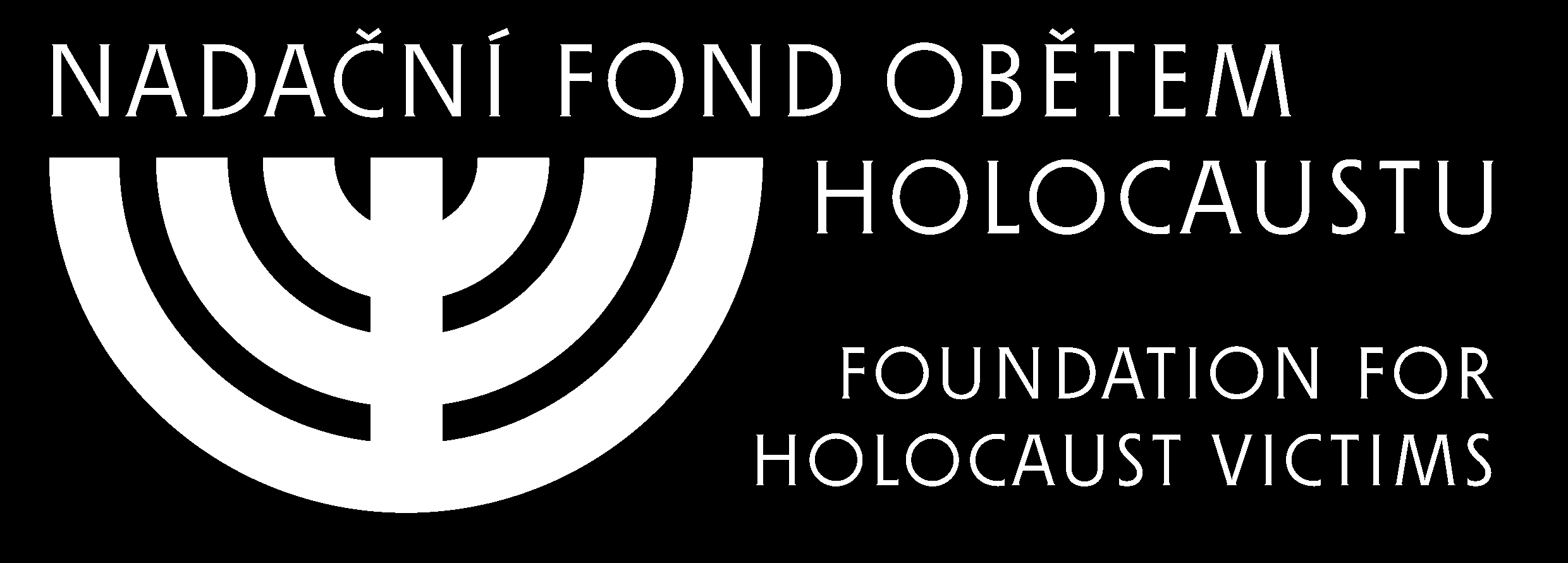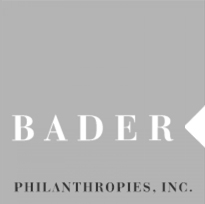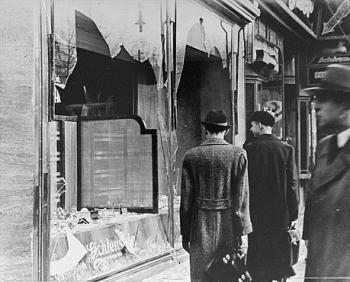
People walking past the broken window of a Jewish shop, Berlin. (Photo: National Archives, courtesy of USHMM Photo Archives).
Kristallnacht - „crystal night“ - is a beautiful-sounding term but a highly problematic one, not only because of its possible positive connotations, but because it hides the real essence of the anti-Jewish violence that took place. It is likely that it was first used in Berlin, immediately after the violence. Some of Berlin's streets, which in November 1938 still had a number of Jewish shops, were literally covered in fragments of glass from broken shop windows. It would thus be more accurate to call the events of November 1938 the „night of fragments“. At the same time, the term Reichskristallnacht began to be used, emphasising its pan-German extent (including Austria and the occupied border area of the Czech lands). In fact, however, not even the word „night“ corresponds to reality: much of the violence took place in broad daylight (and thus in sight of the public) and not under cover of night.
Historians and journalists thus try to use other, more neutral expressions. In the specialist literature, especially that in German, variations using the word pogrom tend to be used: the „Novemberpogrom“, or the „Reichspogromnacht“ (Reich pogrom night).


